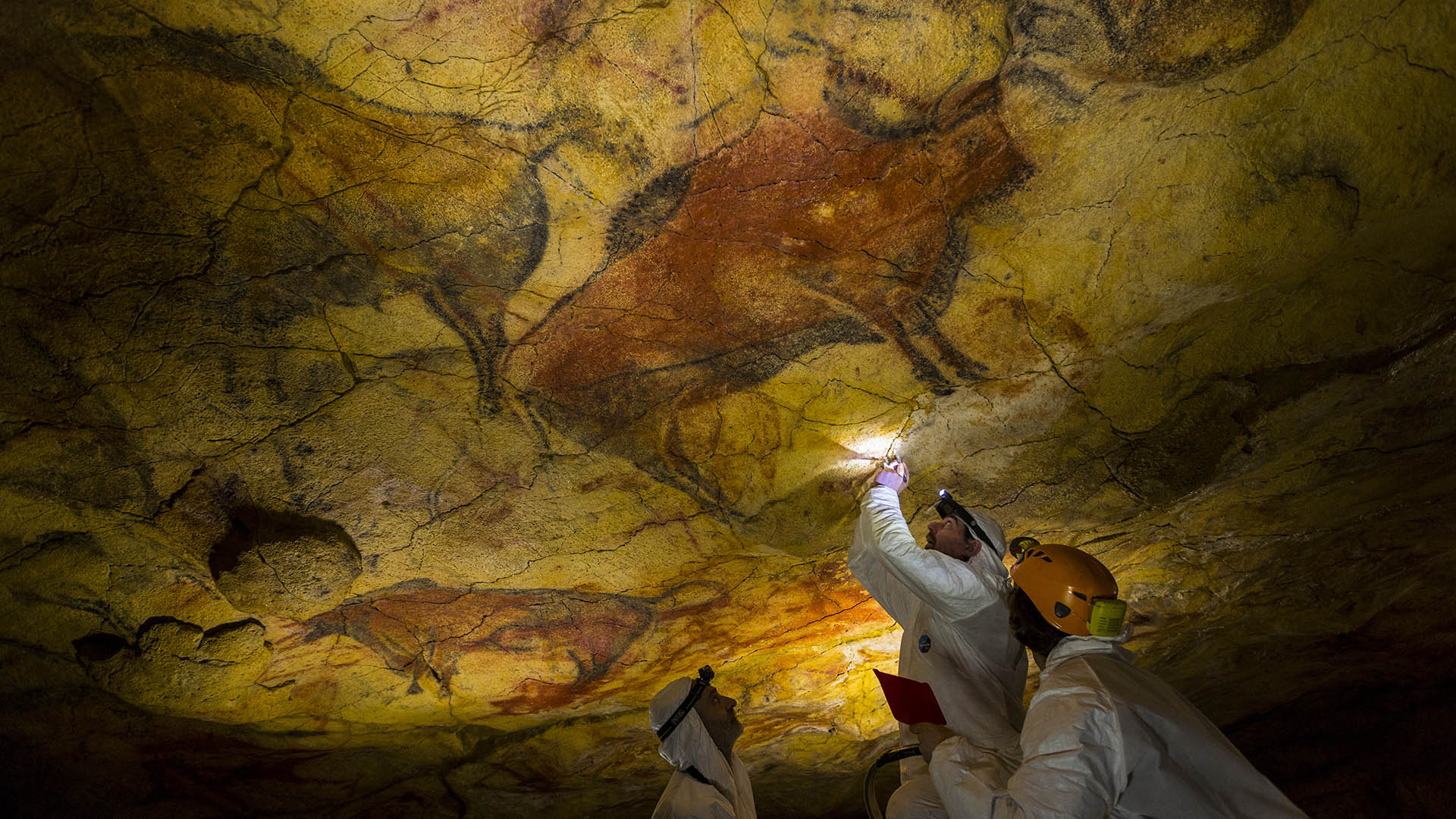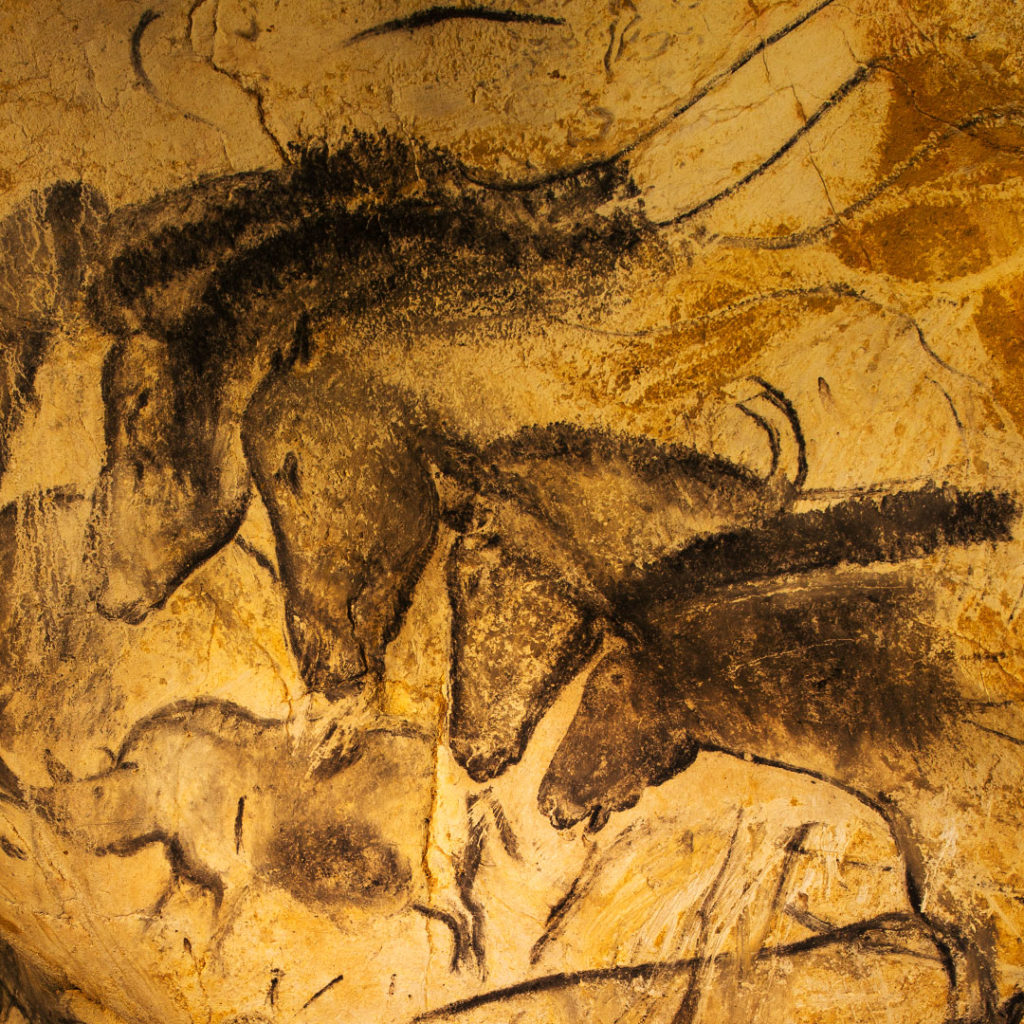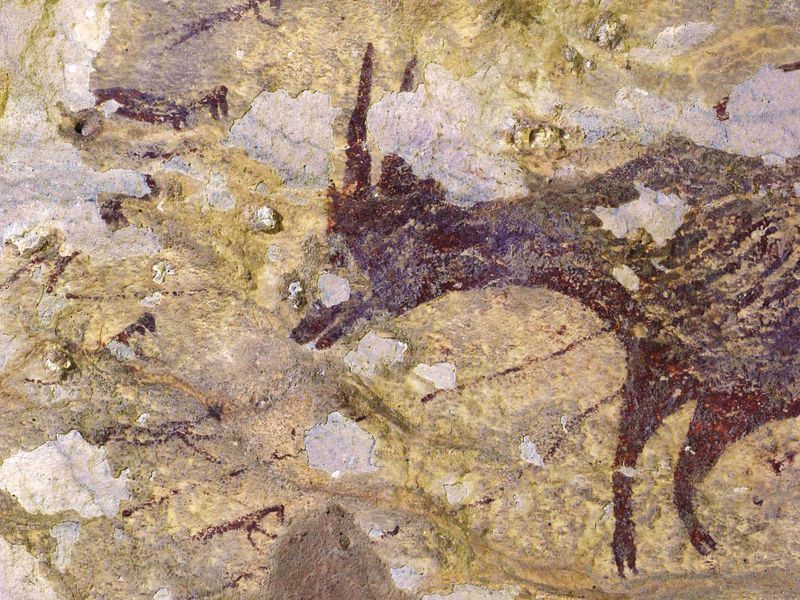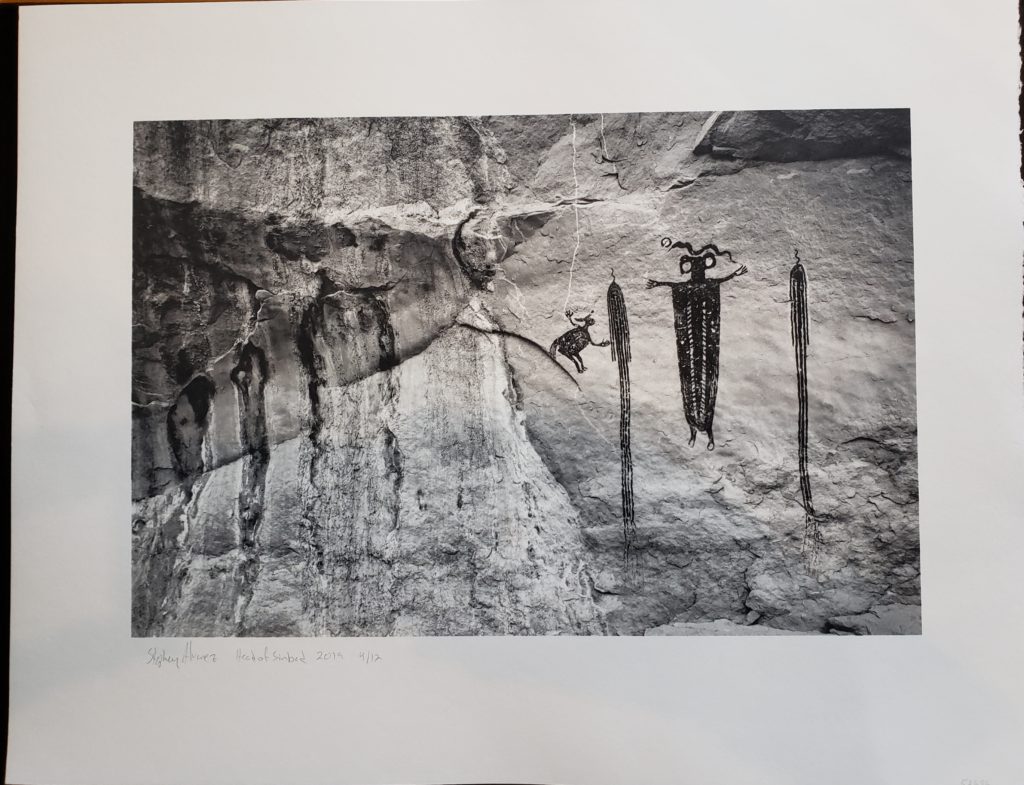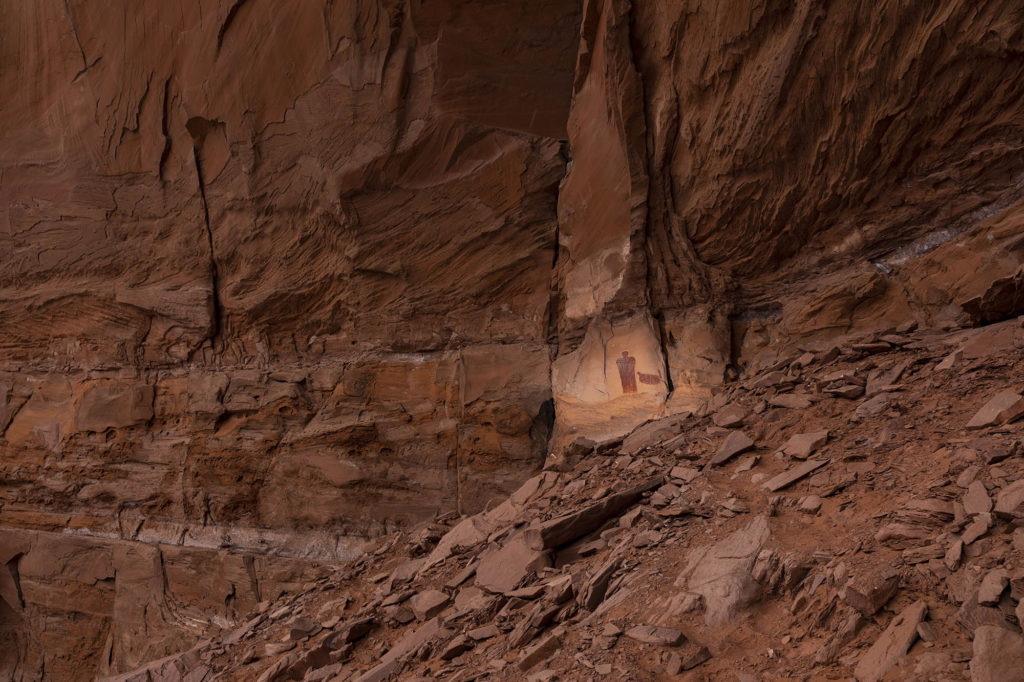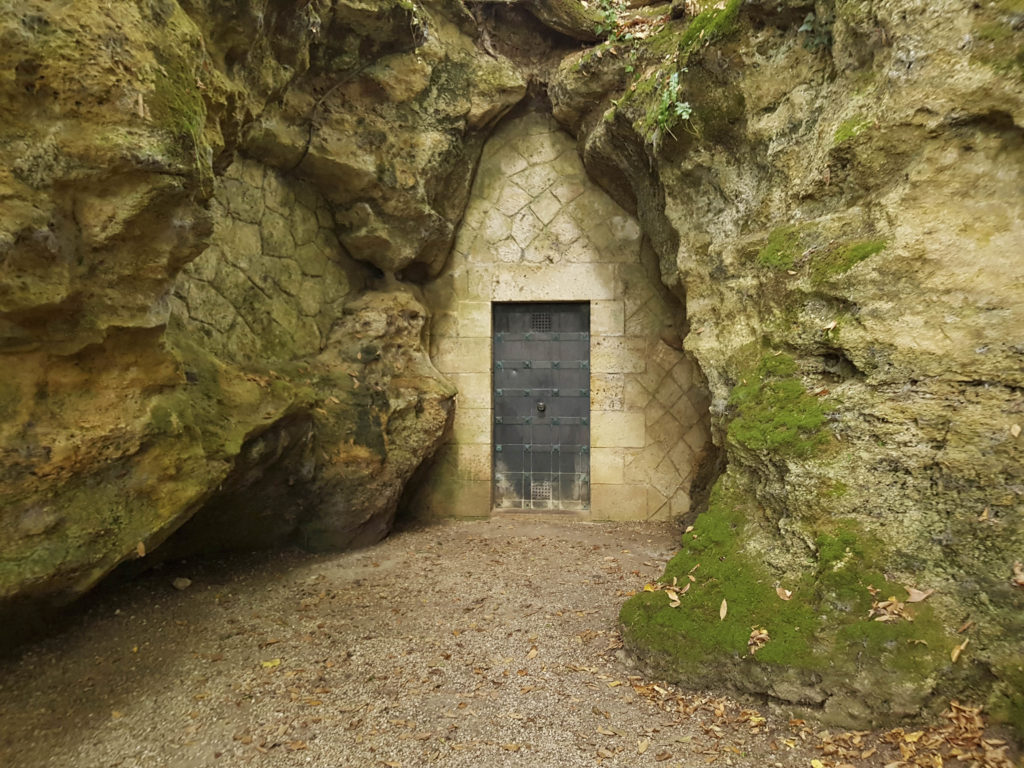Altamira Cave, Spain
||1400BP, Altamira, cave art, Europe, How Old Is It?, Magdalenian, Painting, Paleolithic, pictograph, Rock Art, Spain, Virtual Reality
Altamira cave is Spain is one of the most pristine examples of paleolithic cave art, but the pictographs discovery is rooted in controversy
